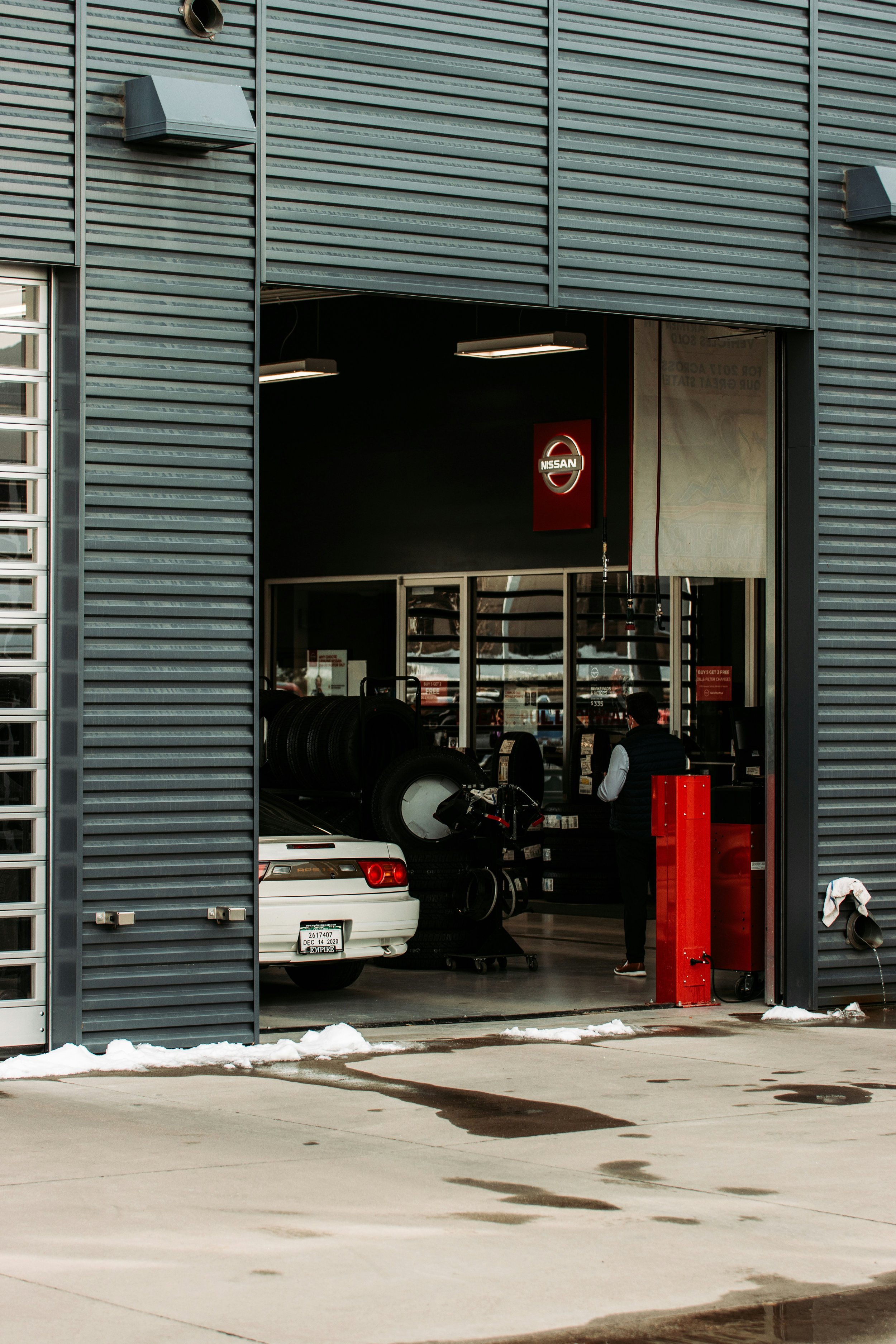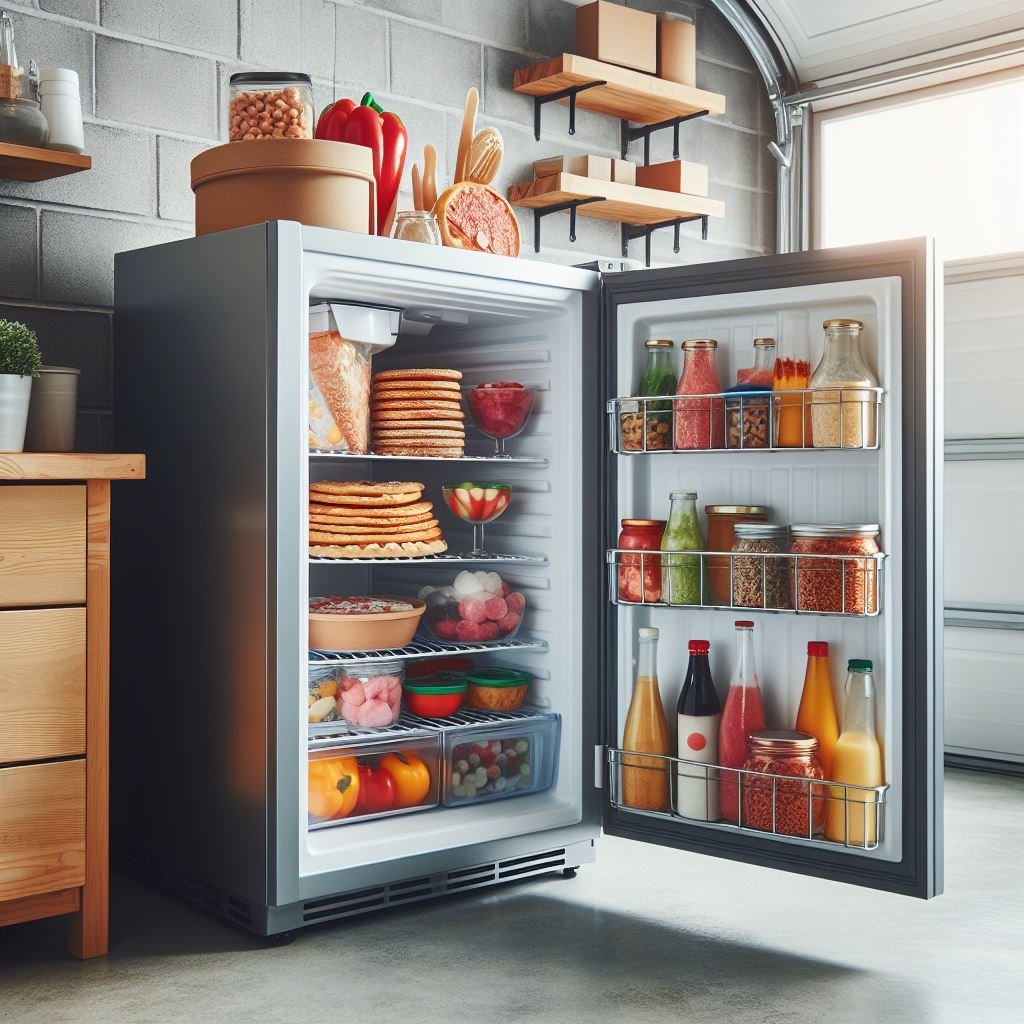How to Open a Garage Door During a Power Outage
Learn how to open a garage door during a power outage with this easy-to-follow guide. Discover useful tips, techniques, and FAQs to safely access your garage when the power goes out.
Power outages can strike when you least expect them, and they're usually the last thing you want to deal with, especially if you need to get out of your garage. Whether you're in a hurry to get somewhere or you're just trying to access your garage for storage, knowing how to open a garage door during a power outage is an essential skill that can save you time, frustration, and a whole lot of hassle.
In this article, we'll walk you through the steps to open your garage door safely and easily when the power is down. So, keep reading to learn all the tricks of the trade!
How to Open a Garage Door During a Power Outage: Why It's Important to Know
Before we dive into the nitty-gritty of how to open your garage door, let’s take a minute to understand why this knowledge is crucial.
Emergency Situations: If the power goes out and you’re facing an emergency (like needing to get your car out for a medical situation), you don’t want to be fumbling around trying to figure out how to operate the door manually.
Safety Concerns: You don’t want to risk breaking your garage door opener or causing damage when the power is out. Knowing how to manually lift the door will prevent unnecessary stress.
Convenience: Let’s face it—nobody wants to be stuck at home with a garage full of stuff, but no way to get it out. Having the skill to open your garage door during a power outage ensures you don’t feel trapped in your own home.
Now, let's take a look at the actual steps you'll need to follow!
How to Open a Garage Door During a Power Outage: Step-by-Step Guide
When the power goes out, the first thing you’ll notice is that your automatic opener won’t work. But don’t panic—there’s a way around that! Here’s a simple, step-by-step guide on how to open a garage door manually.
1. Locate the Emergency Release Cord
Most garage doors come with an emergency release cord, a vital feature that helps you manually operate the door when the power goes out. This cord is typically red and hangs from the rail above the door. By pulling it, you disengage the automatic opener, allowing you to lift the door manually. It’s a simple but essential function during power outages or emergencies. However, finding the cord might not always be straightforward. The red emergency release cord is often tucked behind the door’s track, making it a bit tricky to spot. If you can’t find it immediately, take a moment to check around the tracks carefully—you’ll usually find it hanging nearby, ready for use when needed most.
2. Pull the Emergency Release Cord
Once you’ve located the red emergency release cord, gently pull it down to disengage the automatic opener from the garage door. This will allow you to lift the door manually, which is essential when the power is out. It’s important to pull the cord carefully—while it might seem tempting to yank it hard, doing so could damage the cord or put unnecessary strain on the opener system. A gentle pull is all it takes to release the mechanism, ensuring that everything stays intact and functioning properly. Taking this extra step helps prevent any unintended damage to your garage door opener and keeps the system in good shape for future use. Always handle it with care to avoid costly repairs down the line.
3. Lift the Garage Door
Once the opener is disengaged, you should be able to lift the garage door manually. Keep in mind that garage doors are typically quite heavy, so be prepared for some physical effort. To make the process easier and safer, use both hands to ensure an even lift, which will help avoid any strain on the door or yourself. If the door feels excessively heavy or refuses to budge, this could be a sign of an issue with the springs, such as wear or damage. In this case, it’s best to stop trying to force the door open and contact a professional garage door technician. Attempting to lift a door with damaged springs can lead to further damage or even injury, so it's safer to get expert help.
4. Secure the Door
Once the garage door is open, it’s crucial to secure it to prevent it from unexpectedly closing. Some garage doors have a built-in latch or mechanism that will hold the door in place, offering peace of mind. However, if your door doesn’t have this feature, you can use a wooden rod or any other sturdy object to prop the door open. Just be sure that whatever you use is stable and won’t tip over easily. The last thing you want is for the door to slam shut while you're working around it, which could cause damage or injury. By ensuring the prop is secure, you’ll avoid any unwanted surprises and keep the door safely open until you're ready to close it.
5. Close the Door When Power Is Restored
Once the power is restored, you can easily re-engage your garage door opener. To do this, simply pull the emergency release cord again, and the opener will reconnect with the door. This will allow the door to operate just like it did before the power outage, so you can use your automatic garage door opener as usual. It’s a quick and easy process, ensuring that everything returns to normal with minimal effort. After reconnecting the opener, the door should function smoothly, and you won’t need to worry about lifting it manually anymore. Just be sure to test the door to make sure everything is functioning properly before relying on it for everyday use again.
How to Open a Garage Door During a Power Outage: Additional Tips and Tricks
While the above steps should work for most garage doors, there are some additional things to consider based on your specific setup. Here are a few extra tips to help you out when you need to open a garage door during a power outage.
1. Check Your Garage Door’s Springs
Garage doors rely on springs to assist with bearing the heavy weight of the door, making it easier to lift. If these springs are broken or damaged, lifting the door manually can become extremely difficult, or even impossible. The door might feel unusually heavy or stiff, and you may struggle to get it open. In such cases, it’s essential to inspect the springs for signs of wear or breakage. If you’re unsure how to check the springs, or if you notice any issues, it’s best to call a professional. Trying to force a garage door open with damaged springs can lead to more serious damage or even injury. A trained technician can assess the problem and ensure everything is repaired safely.
2. Use a Backup Power Source
Some garage door openers are equipped with a battery backup system, which ensures they continue to function even during a power outage. If your garage door opener has this feature, you can use your remote or wall button just like you normally would, without any hassle. This is particularly useful during emergencies when you need to get your car out quickly or access your garage for other reasons. If your opener doesn’t currently have a backup power system, it might be worth considering an upgrade for peace of mind. Investing in a battery backup system can save you time and frustration in the future, ensuring you’re never locked out of your garage, regardless of the power situation.
3. Know When to Call a Professional
If you're having trouble opening the garage door manually or if it feels unusually heavy, it's important not to force it. Attempting to lift the door yourself or trying to fix it without proper knowledge can lead to further damage to the door, the opener, or even cause injury. In these situations, it's always best to call a professional garage door technician. A trained expert can accurately diagnose the issue, whether it’s a problem with the springs, the opener, or another component. They'll have the tools and expertise to safely address the problem, preventing more serious damage and ensuring that your garage door operates smoothly and safely in the future. Don’t risk making the problem worse—professional help is always the safest choice.
Conclusion
Knowing how to open a garage door during a power outage can save you a lot of headaches, whether you're trying to get out in a hurry or just need access to your garage. By following the steps above, you'll be able to manually lift the door and get things moving again, even when the power is down.
While it’s always good to know how to handle a situation like this, don’t hesitate to call a professional if you're unsure about handling the door yourself. And if you frequently deal with power outages, investing in a backup power system for your garage door opener might be a wise decision.
So, next time the lights flicker and the power goes out, you’ll know exactly what to do!
Read next: How to Insulate a Garage Door Effectively
Frequently Asked Questions
Q: Can I open my garage door without power if I have no emergency release cord?
A: Most garage doors have an emergency release cord, but if yours doesn’t, you might need to manually disconnect the opener from the door. Consult your garage door manual for alternative methods.
Q: What should I do if my garage door is stuck and won’t open manually during a power outage?
A: If your door won’t open manually, it could be due to a broken spring or other mechanical issues. Don’t try to force it open. It’s best to call a professional technician for repairs.
Q: How can I prevent power outages from affecting my garage door in the future?
A: Installing a backup power source for your garage door opener is the best way to ensure it still works during a power outage. Many modern openers come with battery backup options.
Q: How do I close the garage door after opening it manually?
A: After the power is restored, simply pull the emergency release cord again, and the door will re-engage with the automatic opener. Then, you can close it with the opener or manually if necessary.















